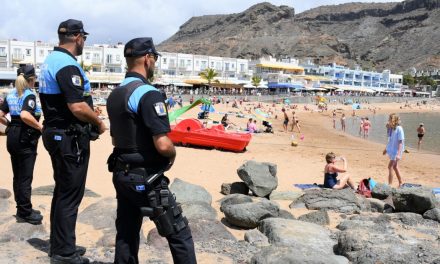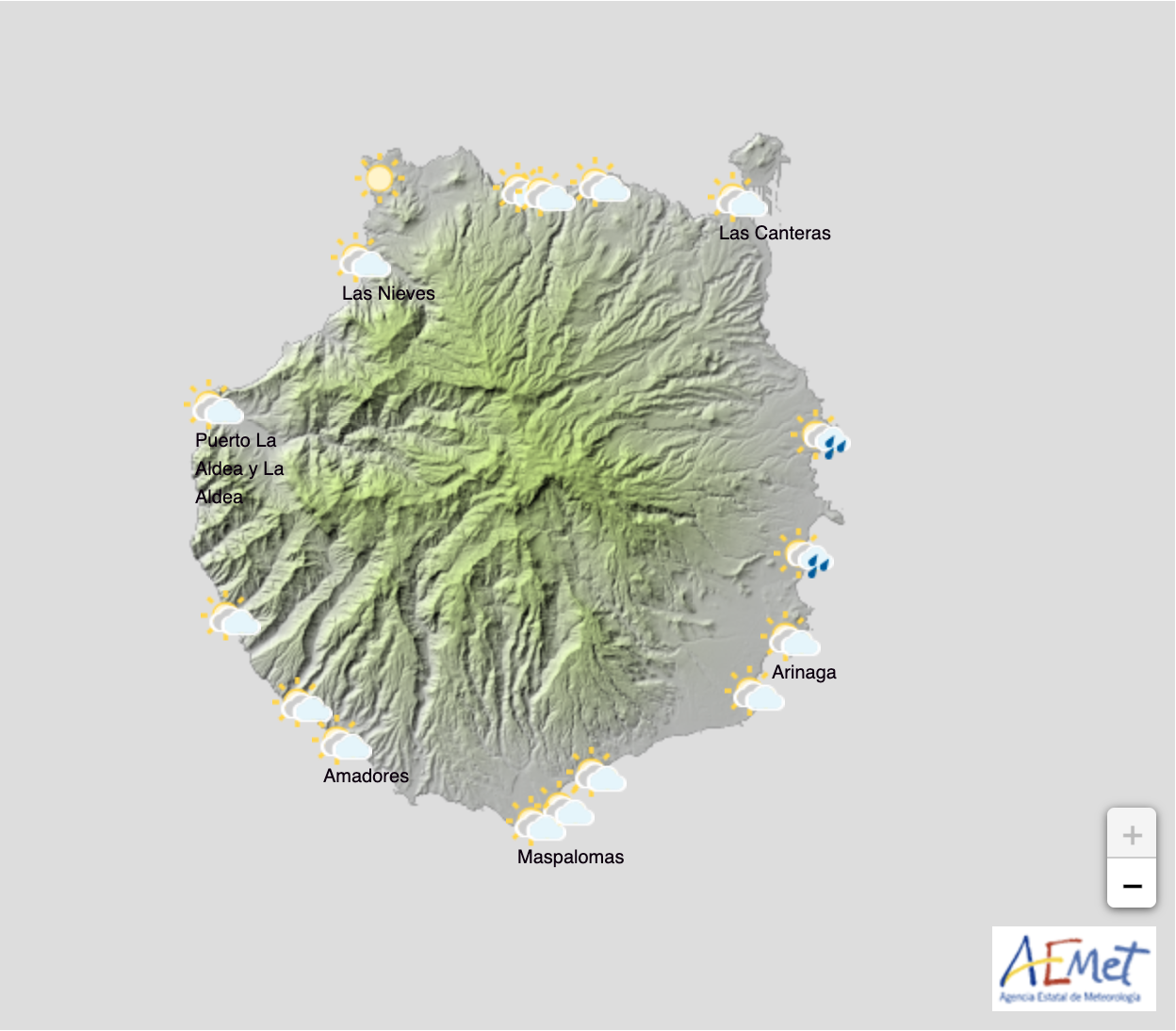Today, on April 20, 2024, the Canary Islands are witnessing a widespread protest aimed at challenging the current development model heavily reliant on tourism. This significant event is set to occur simultaneously across all eight islands of the archipelago, as well as in various cities internationally including Málaga, Granada, Madrid, Barcelona, Amsterdam, London, and Berlin. The protests are unified under the slogan “The Canary Islands have a limit.”
The protest aims to reshape the development strategy on the islands, highlighting concerns about the tourism sector’s role in economic disparity and resource consumption. Despite tourism supporting approximately 40% of employment and being a primary contributor to the GDP, it’s also associated with creating inequalities and not distributing wealth effectively among the local population. This is exemplified by the Canary Islands recording their highest tourist numbers alongside their highest poverty rates in both 2017 and 2023.
 Organizers clarify that the intent is not to expel tourists or eliminate the industry but to implement limits and conditions, and address governance that prioritizes economic gains over broader interests. Key issues fueling the protests include:
Organizers clarify that the intent is not to expel tourists or eliminate the industry but to implement limits and conditions, and address governance that prioritizes economic gains over broader interests. Key issues fueling the protests include:
- Low Wages and High Poverty Rates: The Canary Islands have some of Spain’s lowest salaries and a significant poverty rate, affecting over 33% of the population. The islands have experienced rapid population growth, particularly in Tenerife and Fuerteventura, exacerbating these issues.
- Environmental and Infrastructure Concerns: Despite having numerous protected spaces, the islands face challenges such as insufficient protection agents and underdeveloped infrastructure in health, education, and sanitation. Notably, several islands struggle with untreated wastewater being discharged into the sea.
- Housing and Over-Tourism: The spread of holiday homes has dispersed tourists across the islands, impacting local communities by driving up rental prices and displacing residents. This issue is compounded by the government’s initiatives to attract digital nomads, further straining the housing market.
- Legal and Regulatory Challenges: Recent government stances on controversial tourism projects, like those on La Tejita beach and Cuna del Alma in Tenerife, have sparked outrage for perceived favoritism towards developers despite legal infractions.
 The protest is seen as a venting mechanism for accumulated frustrations with the aim to initiate significant changes in how the islands develop and manage tourism. Proposals include imposing a tourist tax to fund environmental conservation, enacting a moratorium on new tourist accommodations, and establishing residence laws to curb speculative real estate purchases by non-residents.
The protest is seen as a venting mechanism for accumulated frustrations with the aim to initiate significant changes in how the islands develop and manage tourism. Proposals include imposing a tourist tax to fund environmental conservation, enacting a moratorium on new tourist accommodations, and establishing residence laws to curb speculative real estate purchases by non-residents.
This protest is part of a broader call to reconsider the islands’ economic models, prioritizing sustainability and equitable growth over mere economic output. This event might mark the beginning of a significant shift in policy and public discourse around tourism and development in the Canary Islands.
The Canary Islands are on track to set a new historical record for tourist arrivals in 2024, continuing a trend of increasing numbers which began in earnest following the pandemic. With official estimates indicating a potential total of around 17 million visitors for the year, this surpasses the previous high of 16.2 million in 2023. These figures are bolstered by a significant recovery in tourism since the slowdown during the COVID-19 years of 2020 and 2021.
This surge in tourism is seen as a double-edged sword. On one hand, it signifies a robust recovery and a boon for the local economy, driven by both foreign and domestic visitors. On the other, it underscores the challenges and pressures faced by the islands, particularly in terms of infrastructure, local community impact, and environmental sustainability. This has led to today’s widespread protests across the Canary Islands under the campaign “Canarias tiene un límite” (The Canary Islands have a limit), highlighting concerns over the sustainability of this growth model.
The protests reflect broader anxieties about the direction of tourism development, which, despite its economic benefits, is perceived to exacerbate local issues such as high poverty rates, environmental degradation, and the displacement of local communities due to rising housing costs. These concerns are amplified by predictions that the influx of tourists may continue to grow, particularly with the diversion of tourists from Eastern Mediterranean destinations affected by geopolitical tensions, such as the conflict in Gaza.
In response to these pressures, there is a growing call for more responsible tourism practices. Organizations like Exceltur advocate for strategies that alleviate the saturation of local spaces and services, promote more sustainable transportation options, and address the social impacts of tourism. This includes managing the explosive growth of vacation rentals, which have significant negative externalities on local residents.
The protests and the ongoing discourse represent a critical juncture for the Canary Islands, as the community seeks to balance the economic advantages of tourism with the need for sustainable development and equitable growth. The outcome of these discussions and the ability of the islands to adapt to these challenges will likely shape the future of tourism and community life in the archipelago.













